Remembering New York City’s days of deadly smog
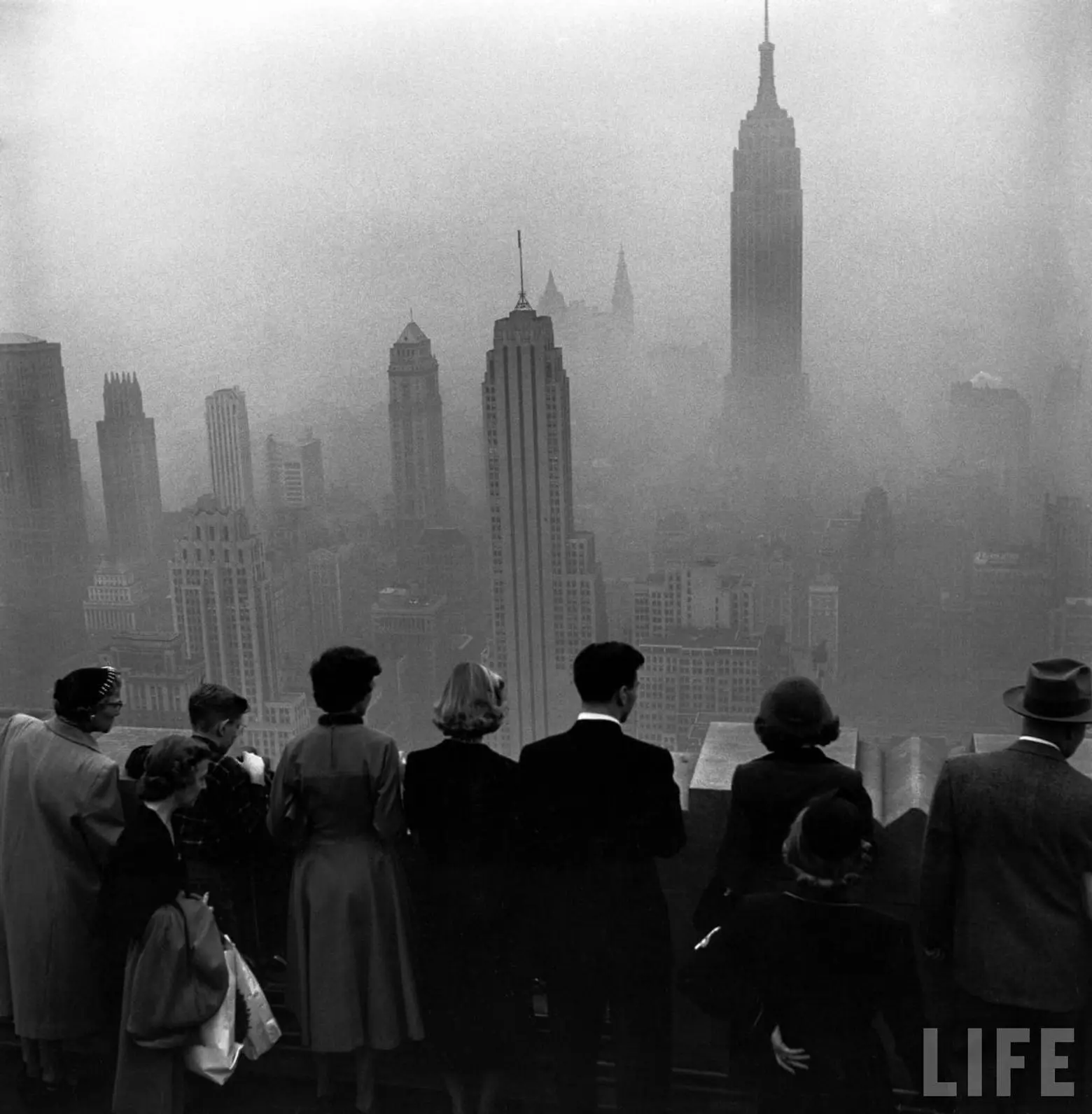
Smog covering the Empire State Building. New York, NY, US, November 21, 1953, LIFE Magazine.
Over Thanksgiving weekend in 1966, the layer of smog that hung above New York City killed about 200 people. An estimated 300–405 people died during a two-week smog episode in 1963. In 1953, as many as 260 died from breathing the city’s air over a six-day stretch.
6sqft reported recently on Donald Trump’s proposed budget and subsequent concerns about the impact significant funding cuts to the Environmental Protection Agency totaling $2.6 billion or 31 percent–including staff reductions and program eliminations–might have on the city’s drinking water and air quality. A spokesman for Mayor de Blasio assured us that these federal cuts won’t impact NYC’s high quality water supply. But what about the air?
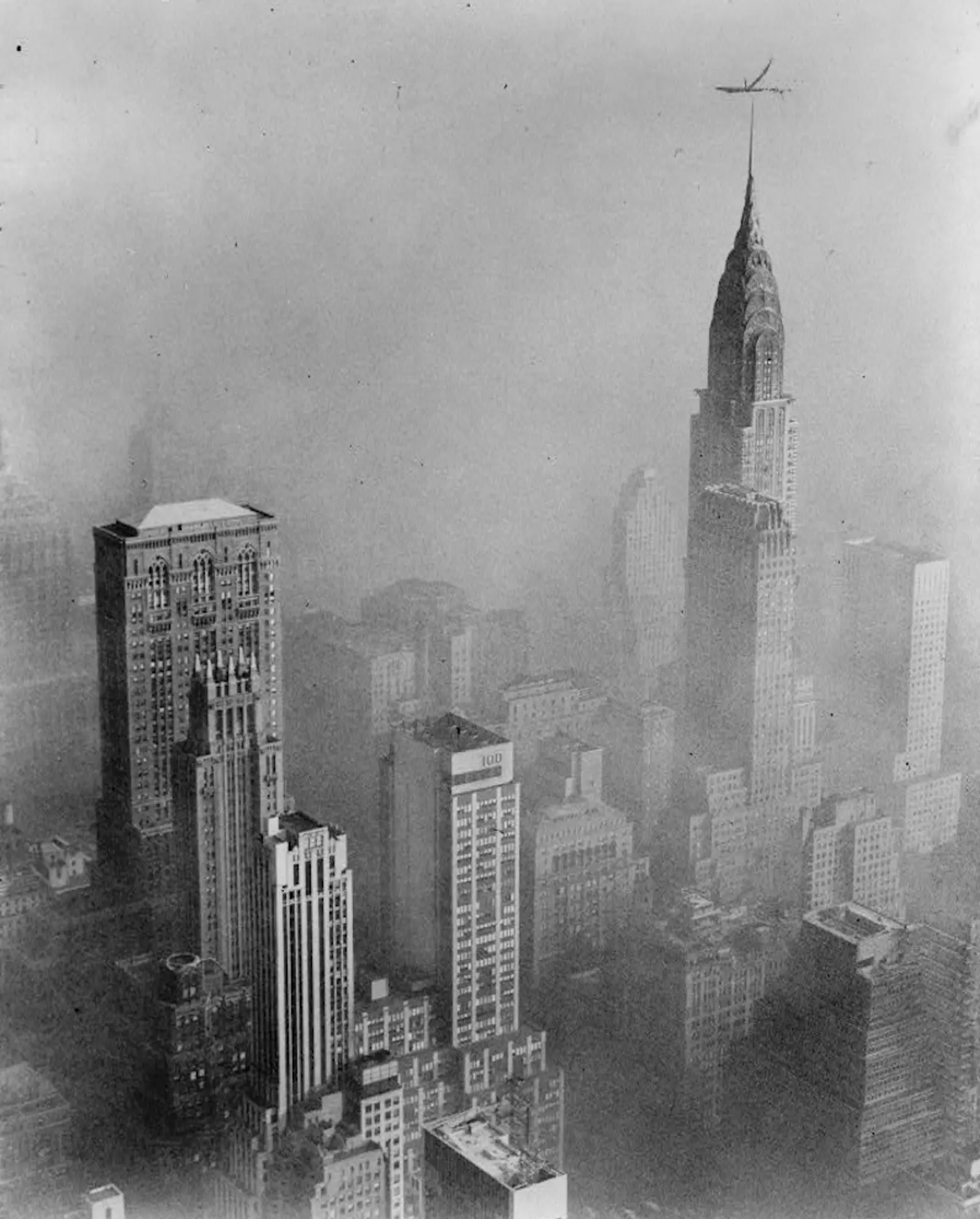
Smog obscures view of Chrysler Building from Empire State Building, New York City, November 20, 1953.
As recently as 50 years ago, New York City air was so dirty you could touch the grime suspended in it, according to the New York Times: “New York City before the E.P.A. and the movement it represented would be almost unrecognizable in 2017.” In the early 1960s, the city’s air quality was among the nation’s worst. Incinerated garbage rained ash on neighborhood children at play. Coal-fueled power plants belched noxious emissions.

NYC skyline in 1973 (l) and in 2013 (r); image courtesy of Ken McCown via wikimedia commons.
Thanksgiving weekend in 1966 was the smoggiest day in the city’s history, reports Gothamist. And that was only one statistic in the days of the city’s “killer smog.” The Times remembers “the grim air episodes in 1953, 1962 and 1966.” During the smog crisis of 1953, the toxic mix of sulfur dioxide and carbon monoxide–in a word, smog–that blanketed the city caused between 170 and 260 deaths in six days–a similar lethal smog had plagued London in 1962. Ten years later it killed 200 people over a two-week period.
The city’s waterways had fared no better, with untreated sewage constantly being pumped into New York Harbor and companies like General Electric and General Motors regularly draining and leaking chemicals into the Hudson River. In 1965, New York governor Nelson Rockefeller called the section of the river from Troy to the south of Albany “one great septic tank that has been rendered nearly useless for water supply, for swimming, or to support the rich fish life that once abounded there.” Acid rain resulting from power plant emissions blown from hundreds of miles away and under other states’ jurisdiction was destroying aquatic and plant life in the pristine Adirondacks.
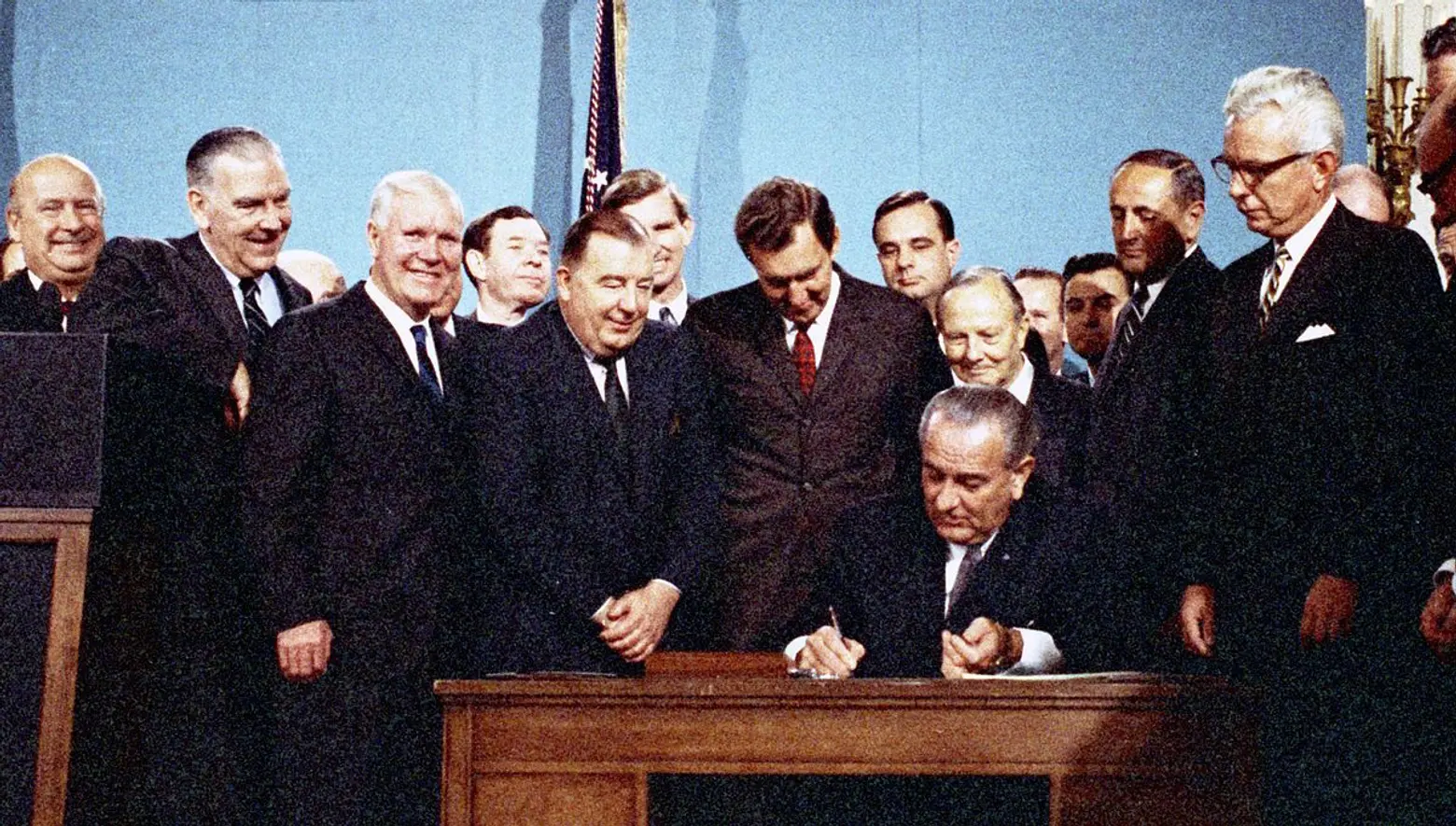
President Johnson (seated, right) signing the Air Quality Act of 1967. The series of amendments to the 1963 Clean Air Act was enacted in response to the 1966 smog.
It was the creation in 1970 of the Environmental Protection Agency, the result of a growing national focus on clean air and water in the decade prior, that intervened. The Clean Air Act, greatly expanded in 1970, regulated emissions from factories and cars. Apartment incinerators were given the heave-ho in 1993, and the last municipal incinerator shut down in 1999 (though it’s worth noting that even as recently as 2006, the EPA declared that 68 out of every million New Yorkers was at risk for getting cancer just from inhaling the city’s air).
Today, federal regulatory efforts have, for the most part, stopped the acid rain. Most of the sewage in the Hudson, too, is gone. The federal Clean Water Act gave New York and local governments grants and loans to construct sewage treatment plants. In 2007, the city’s government launched PlaNYC, its first sustainability initiative, with the ambitious goal of achieving the cleanest air quality of any major U.S. city by 2030.
Now, there is concern about the president’s plans to have the agency undo certain regulations and reverse rules that control planet-warming gasses from coal-fired power plants. The Clean Air Act included specific provisions to allow citizens to sue violators or government agencies over environmental issues. If the E.P.A.’s authority continues to be hobbled, the power given to citizens 50 years ago may need to be invoked to prevent the environmental disasters of the same era.
RELATED:
Get Inspired by NYC.
Leave a reply
Your email address will not be published.
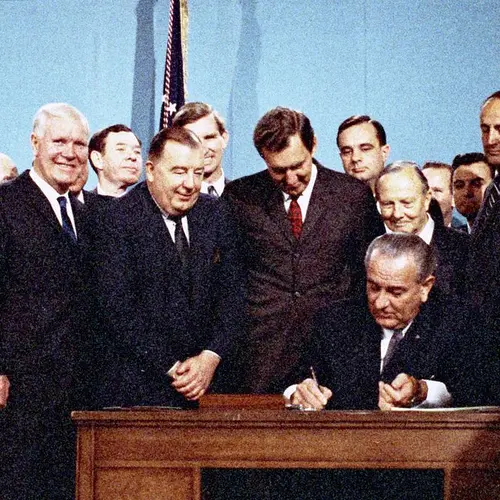
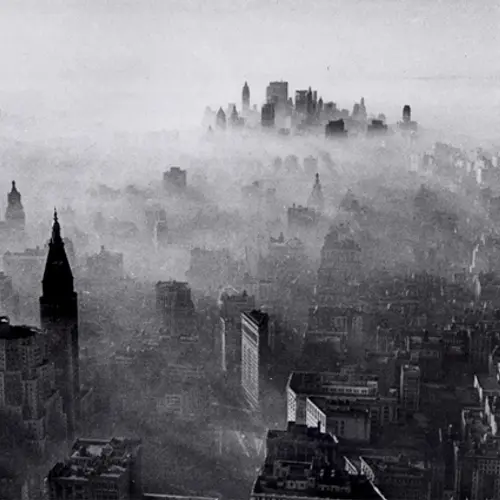
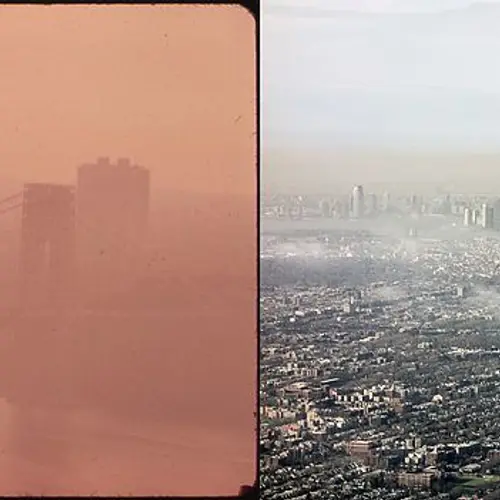
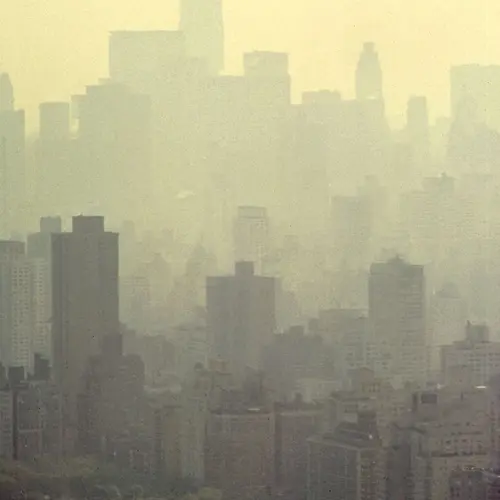
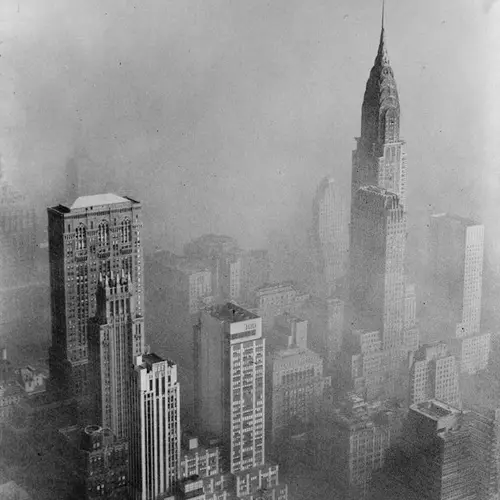
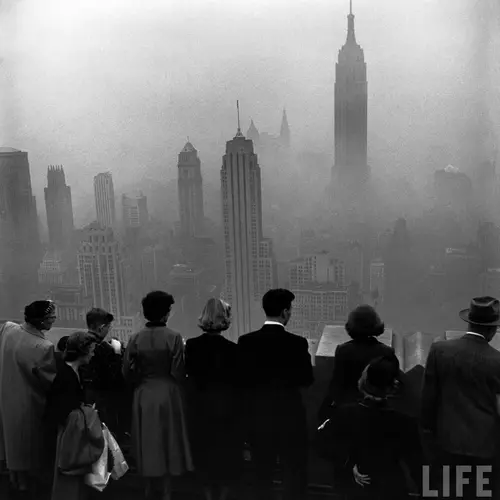











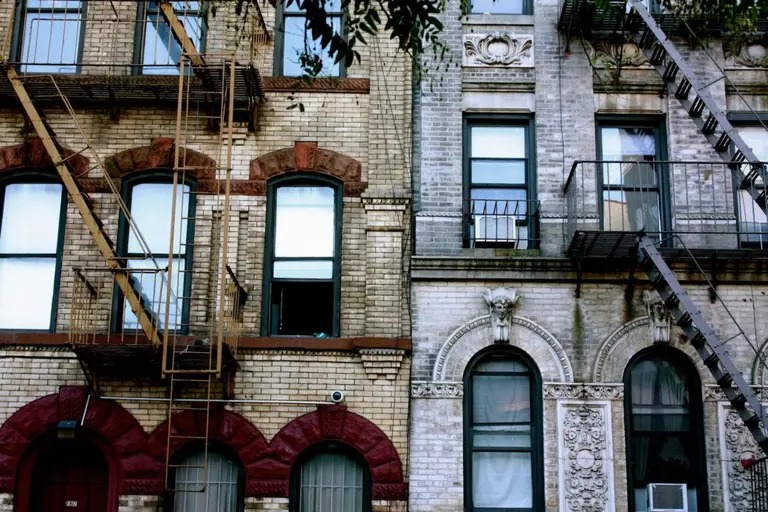



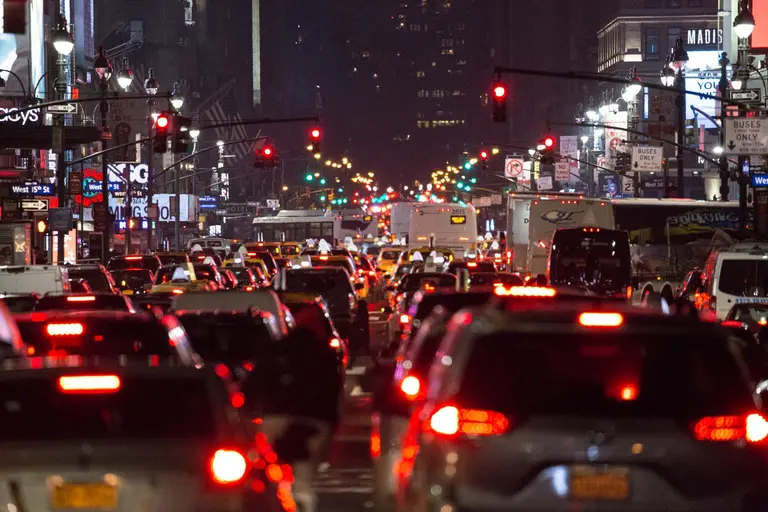












Yes! President Trumputin is doing exactly what his supporters elected him for. Taking the country into 1960 and beyond! Now he needs to outlaw the 800,000 new clean energy jobs Obama created and get the 50,000 coal miners back to polluting like real redneck Americans! In no time our air and water can ‘outdirty’ China, where lung cancer has increased by 60% in the last 20 years while cigarette smoking has not increased 1%!
Make America Stupid Again!